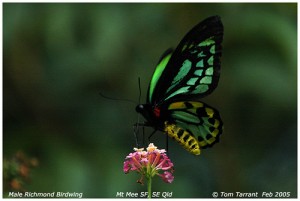Twitch and shout
For a bird-watching exercise, you don’t see a lot of birds on the Twitchathon. If you’ve never heard of this obscure sporting event, it’s a race: teams of birders pile into their cars and tear around the state, attempting to see or hear as many species as possible within an eight or 24-hour period. Because time is of the essence, once a bird’s call is recognised, actually spotting it becomes redundant. It’s on the list: go!
For this year’s Victorian event on 7-8 November, coordinated by Birdlife Australia as a fundraiser for endangered species, I was in one of the handful of 24-hour teams: the Manky Shearwaters. (It’s a pun on a type of seabird, the Manx Shearwater.) Others were in the more civilised eight-hour race: the Lame Ducks; the Filthy Flockers, the Soft Cockatiels. I’m not sure what lends birders towards this kind of self-deprecation.
There’s a hint of madness about the 24-hour version, though, which has necessitated some safety modifications over the years. Once, teams finished at the offices of what used to be Birds Australia, in the Melbourne suburb of Camberwell. With teams driving around the clock and totals docked by one bird for every five minutes after the appointed time, it was a speed and fatigue-fuelled lawsuit waiting to happen.… Read more..
